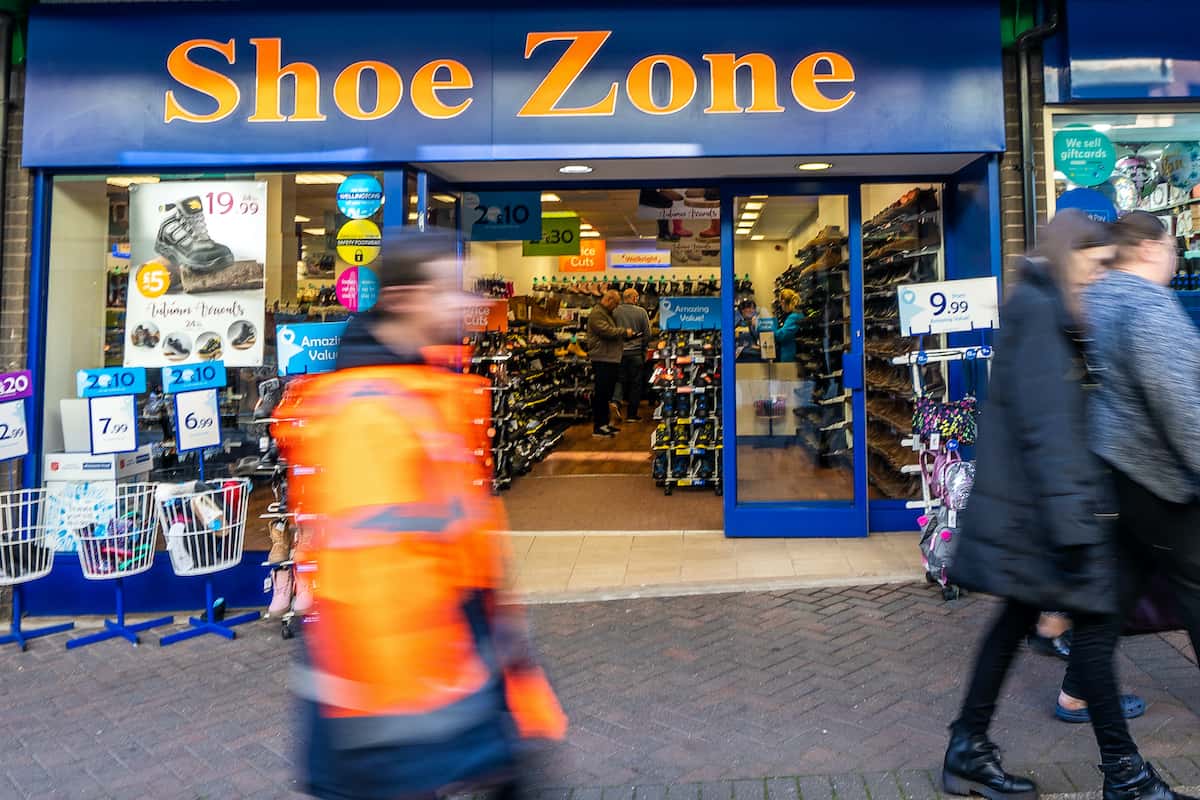Shoe Zone today says its stores are critical to its future success – despite falling in-store sales and strong online growth.
The value footwear retailer now plans to reduce its overall number of stores – 50 closed this year – but to maintain its overall floorspace by moving to larger shops, while focusing on a multichannel model.
Show Zone today reports revenues of £119.1m in the year to October 2 2021. That’s 2.8% down from £122.6m in the previous year. Store revenues of £88.6m were down 14.3% last time in a year when stores were only able to open for 36 weeks as a result of Covid-19 lockdowns and trading restrictions, down from 41 weeks in the previous year. But digital revenues of £30.5m was 58% up from £19.3m last time, with a digital returns rate of 8.4%. Digital contributed £8.5m to profits, up 89% on last time.
At the bottom line, pre-tax profits of £9.5m were up from a loss of £14.6m last time, and the company has repaid all of its £4.4m coronavirus business loan to become debt free. Costs of both distribution and administration increased as online grew.
Multichannel strategy
“The decision to invest in our digital infrastructure and operations has led to significant growth in online sales over the last 12 months, giving us the going to continue investing in our people and our shoehub platform,” says Shoe Zone chief executive Anthony Smith in today’s full-year statement. “We aim to increase drop ship partners, marketplaces, exclusive products, brands and plan to introduce additional payment and delivery options to enhance customer experience.”
He says its “very efficient” returns process is part of the reason for its digital success, since most of the 8.4% of goods sold online and returned are taken back to a store – making its store network “critical to our future success”. At the end of the year Shoe Zone, a Top100 retailer in RXUK Top500 research, had 410 shops following the net closure of 50 unprofitable sites. It now has 343 original format stores, 51 big box stores and 16 hybrid stores. Longer term, the retailer now plans to have about 100 big box stores and 150 hybrid stores, achieved through relocations and conversions. Overall, it expects to trade “from a similar sales square footage, albeit from a reduced number of locations”.









